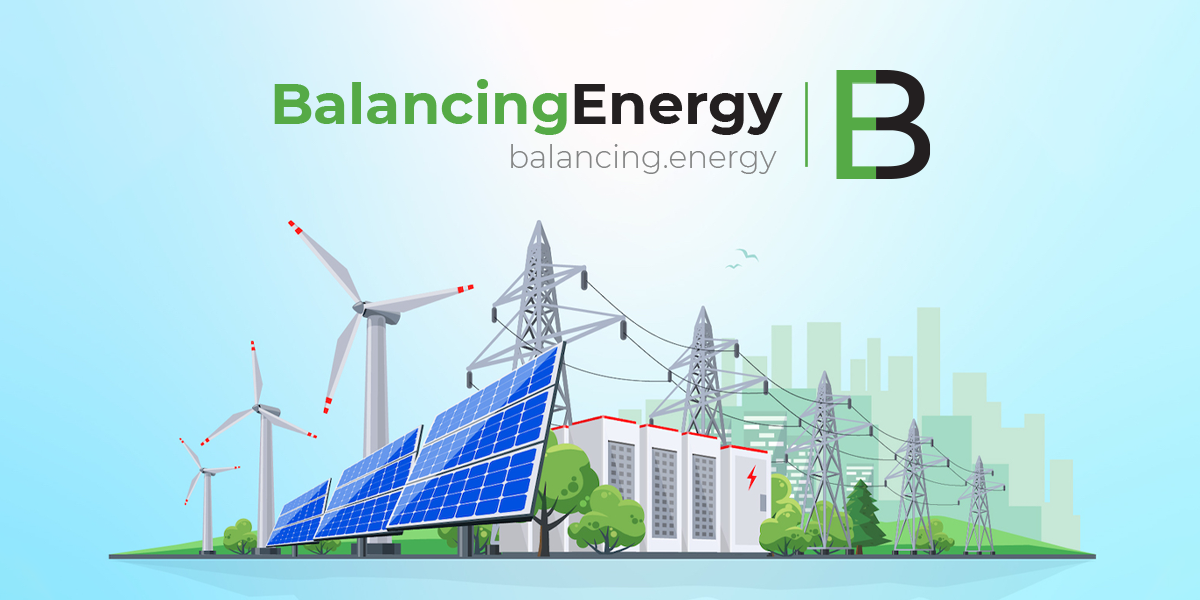Hungarian-Serbian cooperation is being highlighted as a significant success story, with both countries acknowledging that their strategic interests in national economy and security are intertwined. Minister of Foreign Affairs and Trade Péter Szijjártó emphasized this point following a meeting of the Hungarian-Serbian Joint Economic Committee, noting the importance of their bilateral partnership.
Szijjártó remarked, “Our strategic interests would be very difficult to realize without each other,” underscoring the depth of the relationship built over recent years. He pointed out that in today’s climate of various threats, ensuring energy supply security is one of the most pressing challenges, making Hungary-Serbia collaboration crucial in this domain.
During a joint press conference with Serbian Minister of Internal and Foreign Trade Tomislav Momirović, Szijjártó outlined five key aspects of their energy supply cooperation:
- Natural gas volumes: The flow of natural gas from Serbia to Hungary has exceeded 20 million cubic meters per day. Recent annual deliveries reached 5.6 billion cubic meters, surpassing last year’s total, with an additional 160 million cubic meters of natural gas stored in Hungary for Serbia.
- Joint trading company: A joint natural gas trading company has been established and is now operational, positioning itself as a leading player in the regional gas market.
- Electricity exchange: The Hungarian-Serbian-Slovenian regional electricity exchange is set to launch by the end of this year, enhancing energy security and helping to stabilize prices through a larger market.
- Oil transport pipeline: The two nations will also advance cooperation in oil transport, with plans for a new pipeline connecting Százhalombatta (near Budapest) and Novi Sad (Újvidék). This 310-kilometer project, estimated to cost around EUR 500 million, is expected to commence construction next year and take approximately three to three and a half years to complete.
- Border crossing expansion: Another priority is enhancing the border crossing point to accommodate doubled capacity for electricity trade. Preparatory work is underway, with the crossing point designated to be operational by 2028.
Overall, the collaboration between Hungary and Serbia is poised to strengthen their economic ties and ensure a more secure energy future.










